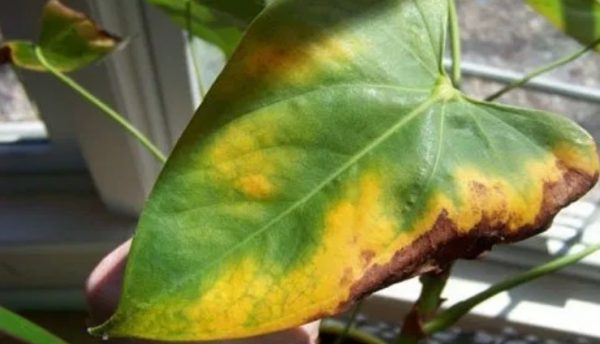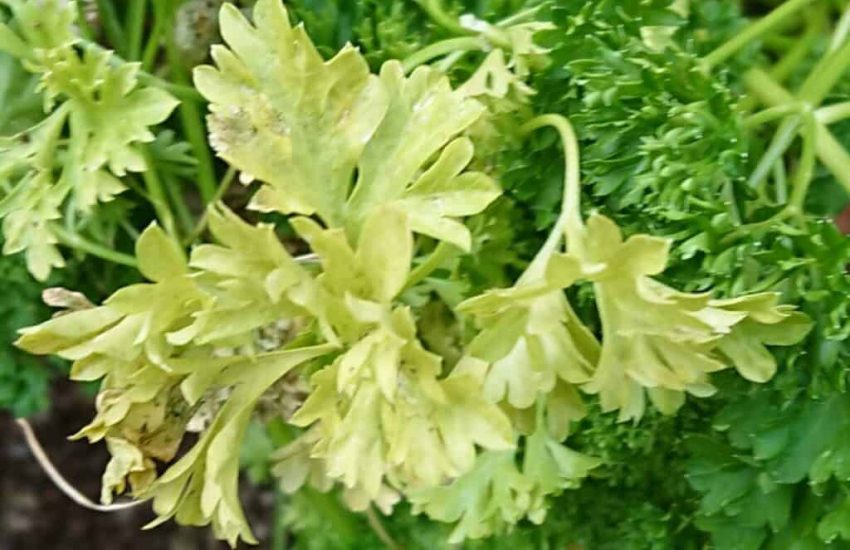Lemon Balm Look Alike: How to Identify Similar Plants
Lemon balm, also known as Melissa officinalis, is a member of the mint family and is commonly grown for its fragrant leaves that have a lemony scent. It has been used for centuries for its medicinal properties and is believed to have a calming effect on the body. However, it is not uncommon for gardeners to mistake other plants for lemon balm due to their similar appearance.

There are several plants that look like lemon balm, including various mint varieties such as garden mint and variegated mint. These plants have bright green leaves with strong vein patterns and serrated or toothed edges, which can easily be confused with lemon balm. While these plants may resemble lemon balm in appearance, they do not have the same delightful aroma that makes lemon balm so unique and unmistakable.
Identifying Lemon Balm and Its Look-Alikes
Physical Characteristics of Lemon Balm
Lemon balm, also known as Melissa officinalis, is a perennial herb from the mint family that is widely cultivated in gardens for its aromatic leaves. The plant features square stems, heart-shaped leaves with a toothed edge, and small white or yellow flowers that bloom in the summer. The leaves of lemon balm have a bright green color and a mild lemon fragrance, which is why it is named after the citrus fruit.
Common Lemon Balm Look-Alikes
Lemon balm has several look-alikes that can be easily confused with it. For example, spearmint and lemon balm have similar leaf shapes and textures, but spearmint leaves tend to be a darker shade of green and have a more pointed tip compared to the rounded tips of lemon balm leaves. Basil can also be mistaken for lemon balm due to its similar appearance, but basil leaves are more pointed and have a stronger aroma.
Other plants that resemble lemon balm include nettle, catnip, and other members of the mint family. Nettle has a similar appearance to lemon balm, but its leaves are more jagged and have a rough texture. Catnip also has heart-shaped leaves, but they are more pointed than those of lemon balm, and the plant has a distinct fragrance that is different from the citrusy scent of lemon balm.
Differentiating by Scent and Flavor
One of the easiest ways to differentiate lemon balm from its look-alikes is by its scent and flavor. Lemon balm has a mild lemon aroma that is distinct from other plants, and its leaves have a sweet, lemony taste that is often used in teas and culinary dishes. The plant also contains essential oils that are responsible for its fragrance and flavor.
In contrast, spearmint has a minty aroma and flavor, while basil has a spicy, pungent aroma and taste. Nettle has a slightly bitter taste and a grassy aroma, while catnip has a strong, minty odor that is similar to spearmint.
Overall, identifying lemon balm and its look-alikes can be challenging, but by paying attention to the physical characteristics, scent, and flavor of the plants, it is possible to differentiate them accurately.
Cultivation and Uses of Lemon Balm
Growing Lemon Balm in the Garden
Lemon balm is a perennial herb that is easy to grow in the garden. It prefers well-drained soil with a pH between 6.0 and 7.5 and full sun to partial shade. It can be propagated from seeds or cuttings, and it grows up to 2-3 feet tall. Lemon balm can also be grown in containers, making it a great option for those with limited garden space. It is important to note that lemon balm can spread quickly, so it is recommended to plant it in a contained area or to regularly prune it.
Harvesting and Utilizing Lemon Balm
Lemon balm leaves can be harvested once the plant reaches a height of 6-8 inches. The leaves can be used fresh or dried for culinary or medicinal purposes. Lemon balm has a lemony flavor and fragrance, making it a great addition to teas, salads, and cocktails. It can also be used to make infused oils for cooking and skincare.
Health Benefits and Herbal Medicine
Lemon balm has been used for centuries in herbal medicine to treat a variety of ailments. It is known for its calming and sedative properties, making it a popular choice for treating stress and anxiety. Lemon balm is also rich in antioxidants and has been shown to have antiviral properties, making it a potential treatment for cold sores. It is important to note that while lemon balm is generally considered safe, it can interact with certain medications, so it is recommended to consult with a healthcare provider before using it for medicinal purposes.
Overall, lemon balm is a versatile herb with many culinary and medicinal uses. With its easy cultivation and numerous health benefits, it is a great addition to any garden or kitchen.


